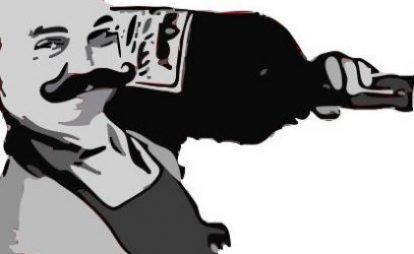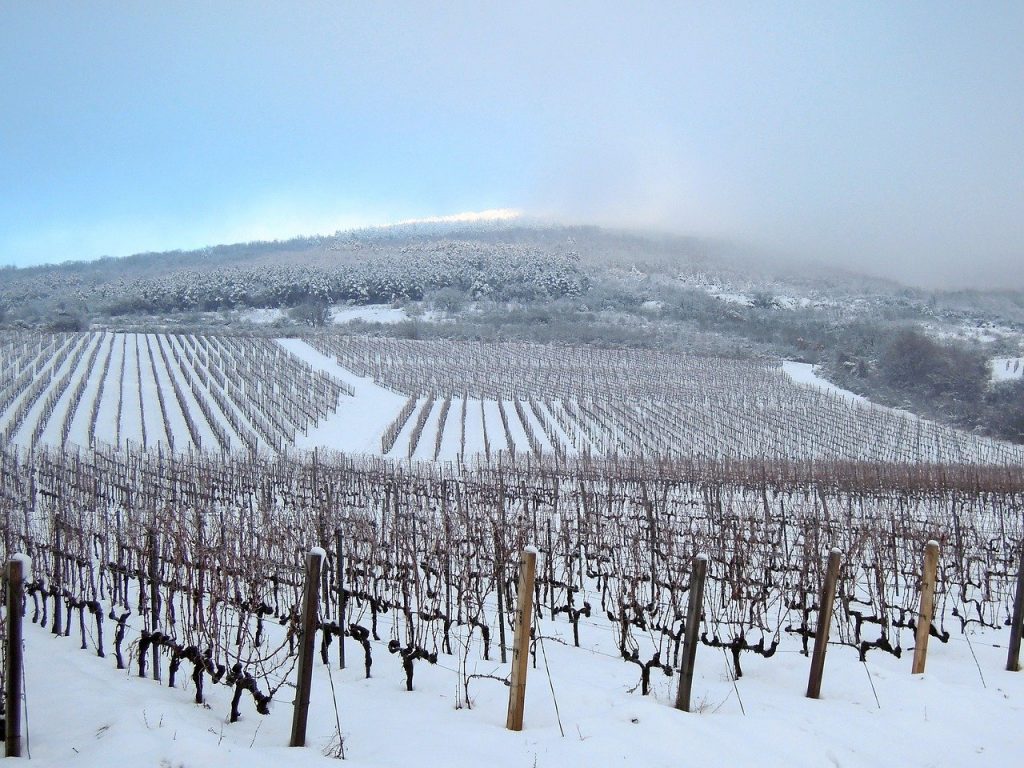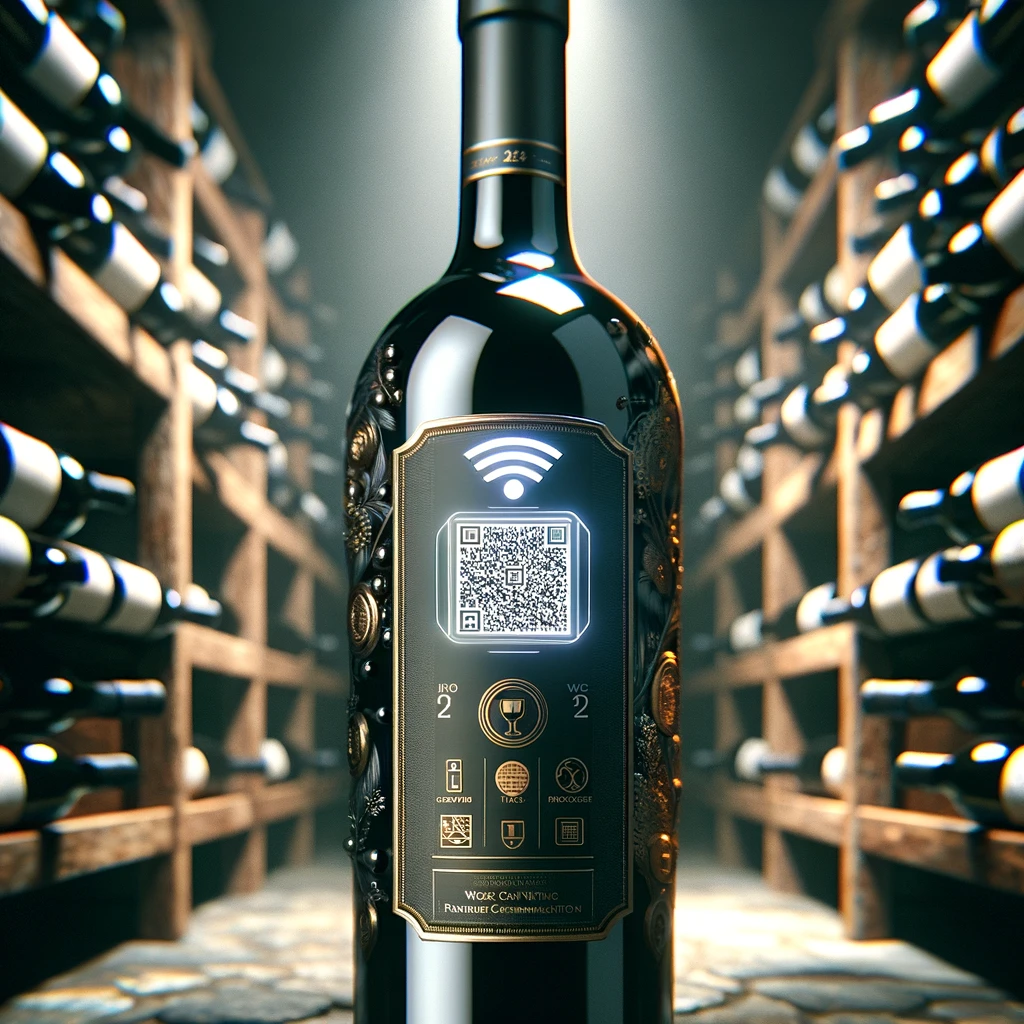The first edition of our weekly round-up of the new year is sort of a final edition of 2021 as well: with the week overlapping the turn of the year, it covers the final news of the past year (fairly little happening, it seems, so far in 2022) but serves as a recap of the key themes of the entire year. Just so we have a clean slate and begin anew, though the trends of the past year (and the ones before) will stick with us as you will see. With that said, here is the latest JollyCellarMaster Weekly:
Vineyard Prices, The Return of Ice Wine, And the 3 Big C’s
After a well-deserved break over Christmas and the New Year when I was mostly reading about viticulture and oenology in anticipation of the first exam of the wine diploma, we are back with the most important developments in the world of wine in the past week (or weeks in the edition on hand). And that’s what we begin with…
Frozen Sugar
It’s been a tough year for wine producers around the world as the effects of climate change and extreme weather events damaged crops around the world. Andrew Jefford of Decanter went as far as to say that “2021 has been the year of all the miseries“.
We get to the subject of global warming and its consequences further down, but one of the results of rising temperatures was the sharp decline in ice wine production in my homeland Germany.
To make ice wine, grapes need to be left on the stock until temperatures drop to below -7° Celsius. Only then can they be harvested to produce the wine that receives the prestigious German Prädikat label of ice wine. As the water freezes in the grapes, the sugars and other elements get concentrated as the frozen grapes are pressed with the concentrated juice flowing while ice crystals remain in the press. It’s a risky business as such cold temperatures naturally do not occur until late in the year. The grapes are therefore put into jeopardy as they could rot, be eaten by animals or just drop of the vine.
It’s also economically a gamble as yields drop to 500 litres per hectar, the equivalent of only 5-10% of the usual yield. And there are the harvest conditions as they grapes have to be picked manually in rather cold weather (see above). Yet, it is worth the risk since the end result is often a delicious wine high in natural sugar and acidity, especially when made from wonderful Riesling.
Given the change in weather conditions over the past years, achieving the right circumstances to harvest ice wine has become more and more difficult to outright impossible in regions that once were traditional producers of such delicacies. 2019 was the first vintage that did not produce any German ice wine according to the German Wine Institute (DWI). Conditions had been far from perfect for several years, but still had seen some producers taking the risk. For instance, in 2017 only seven producers managed to harvest ice wine across the 13 wine regions of the entire country.
This vintage could be different since temperatures dropped right in time for Christmas (it was actually snowing on Christmas day when I drove back home but we safely made the trip – thanks for asking). From 21 December on, wineries in the Nahe region when it got as cold as -8.5° C started harvesting the frozen grapes.
Just to give you an idea, Martin Korrell of the winery of the same name in Bosenheim stated almost perfect grape conditions with 142 degrees Oechsle and 9.8 grams per litre of acidity.
At that was just the start: in the most important winegrowing state of Rhineland-Pfalz, 152 businesses reported still having grapes on the vine for the possible ice wine harvest, on a total of 107 hectares.Producers in Franconia, too, reported perfect conditions for ice wine. After all, the region has produced these rarities since 1794, though it remains to be seen for how long this tradition can be carried on given the trajectory we find us on.
The Price of Vineyards
The time to buy a vineyard is now! That is if you are looking to buy in England and believe Ian Kellett, owner of Hambledon Vineyard. He told The Drinks Business that “the price of land in England couldn’t possibly be cheaper right now. The average price of farmland in UK is £12,000-£15,000 an acre, whereas in Champagne the price of a hectare of land ranges from €800,000 to €2.2 million“.
Well, look at it from that perspective it does sound like a steal, doesn’t it? I wasn’t looking to buy in Champagne any time soon, but it is still interesting to know what land costs in your part of the world, I suppose. Take Alto Adige, the place I call home right now: the average hectare of DOC vineyard based on Lago di Caldaro, Valle Isarco and Valle Venosta (three sub regions of South Tyrol/Alto Adige) in 2020 according to I Numeri Del Vino was €565,000 though I’ve seen a plot of land advertised at the Caldaro lake sub-region for over €2 million/ha not long ago – mind you it apparently comes with lake view.
Barolo DOCG has an average value of €850,000, while Montalcino goes for less than half a million, Valdobbiadene DOCG would cost you four hundred grand, Bolgheri three hundred and Chianti Classico DOCG could be had for a mere €150,000.
So, in comparison English vineyards really are cheap (though you’ll need to adjust the numbers as one acre only makes 0.4 hectares), especially if you consider that Burgundy grand cru starts at around €3 million with top-end going for about €14 million. Should you buy a vineyard then? Well, that’s entirely up to you, but remember the old saying: what’s the fastest way to make a small fortune? Start with a large one and open a winery…
The Bigger Picture
And that’s it for the latest news of the past week. Looking back at the year that is quickly coming to an end, it was dominated by the three C’s. While the first one for Covid is hopefully not going to be a permanent situation (though we’ve been saying this for some time now), it has changed our lives in ways, we probably won’t be going back to just as it was. For example, the way we communicate has changed dramatically and I don’t know how many hours I’ve spent on video calls in the past year, but it were a few. It has also moved the wine sector further into the digital age. Just Look at the websites of wineries: where so many had stayed clear from creating an online store, now almost everyone has one, it seems.
The other two big C’s stand for climate change and that is not going to go away. As a result of the recent Climate Change Conference in Glasgow, Scotland, nations took a range of decisions in the collective effort to limit global temperature rise to 1.5 degrees. At the same time, 2021 will go down in history as the year when the warming targets of the climate action pledge known as the Paris Agreement signed in 2015 were surpassed. It’s just one of several ominous climate milestones reached in 2021, but the good news is that it is still not too late to act. Yet, is it realistic to believe that we will see notable change in the consumption of energy and resources? I don’t want to sound fatalistic, on the contrary, I think we have to make every effort and make it now. If, however, the plagues of 2021 in the wine world alone that result directly or indirectly from climate change – the flooding of the Ahr valley and other regions; the devastating frosts in Burgundy and elsewhere in France; or the wildfires around the world, to name a few – cannot make us understand that no time is to be lost, well, what else could?
Jefford’s lament that the past year was the year of miseries should therefore not be read as an outlying combination of unfortunate events but the first in a series of many years to come with similar disasters that will be known as the new normal.
—
And that’s all for 2021 as well as the past week but if you have an interesting story to tell or simply want to chat about wine as a guest on the Podcast, connect on Twitter or drop me a line. And if you want to stay in the loop about things happening at the JollyCellarMaster and the world of wine, make sure you sign up to our newsletter.
—
Disclaimer: As always, I’d like to be completely transparent about affiliations, conflicts of interest, my expressed views and liability: Like anywhere else on this website, the views and opinions expressed are solely those of the original authors and other contributors. The material information contained on this website is for general information purposes only. I endeavour to keep this information correct and up-to-date, I do not accept any liability for any falls in accurate or incomplete information or damages arising from technical issues as well as damages arising from clicking on or relying on third-party links. I am not responsible for outside links and information is contained in this article nor does it contain any referrals or affiliations with any of the producers or companies mentioned. As I said, the opinions my own, no liability, just thought it would be important to make this clear. Thanks!




